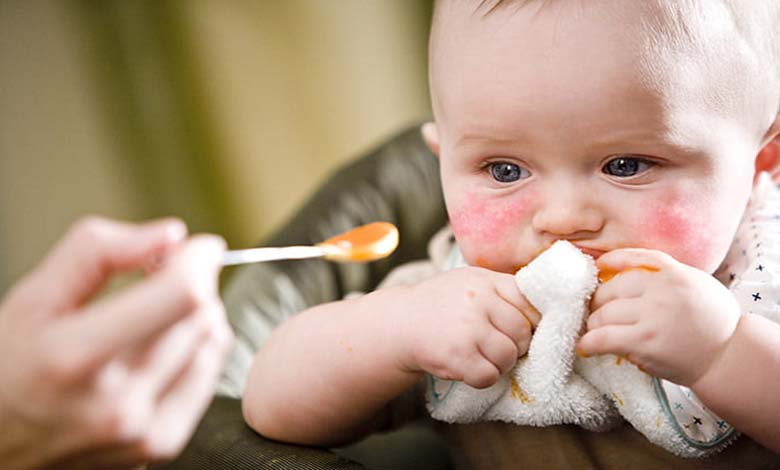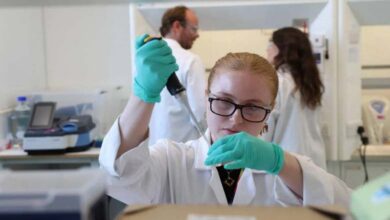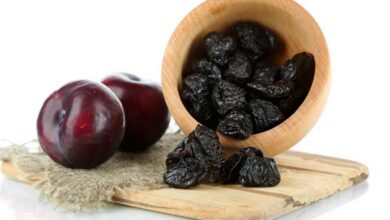New Treatment for Peanut Allergy in Children

A recent study has revealed a new treatment that could help children with peanut allergies tolerate larger amounts without experiencing severe allergic reactions.
Researchers from the U.S. National Institute of Allergy and Infectious Diseases explained in the study that children who consumed gradually increasing doses of peanut butter over 18 months were able to tolerate the equivalent of three tablespoons without any allergic reaction.
Previously approved treatments by the U.S. Food and Drug Administration (FDA) were aimed at children who could not tolerate even half a peanut, and their goal was to reduce the risk of an allergic reaction in case of accidental exposure.
However, around 800,000 American children suffer from peanut allergies but can tolerate small amounts. Until now, their only option was to completely avoid peanuts, according to the study published in NEJM Evidence.
The study focused on 73 children aged 4 to 14 who were able to tolerate the equivalent of half a peanut without showing symptoms.
-
Playing in the Dirt: Is it Beneficial for Children’s Immune System?
-
Why we are more likely to get viral infections in the winter? The problem is your nose
They were divided into two groups:
- The first group received the new treatment, starting with very small amounts of peanut butter (1 to 8 teaspoons) per day. The quantity was gradually increased every eight weeks until reaching one tablespoon of peanut butter or an equivalent peanut product, under medical supervision.
- The second group continued to avoid peanuts entirely.
At the end of the treatment period, the children underwent a supervised test. The results showed that 100% of the children who received the treatment were able to consume 9 grams of peanut protein (equivalent to three tablespoons) without an allergic reaction, compared to only 10% of the children in the avoidance group.
-
“They must not miss them” : Doctors reveal the most important nutrients for children
-
What is the secret of the chemistry between grandparents and their grandchildren?
Additionally, 86.7% of the treated children maintained their ability to tolerate peanuts even after stopping consumption for eight weeks, indicating a long-term immune response.
According to the researchers, these findings could pave the way for using the same therapeutic strategy to treat other food allergies. However, long-term monitoring is needed to determine how lasting this tolerance is in children.












